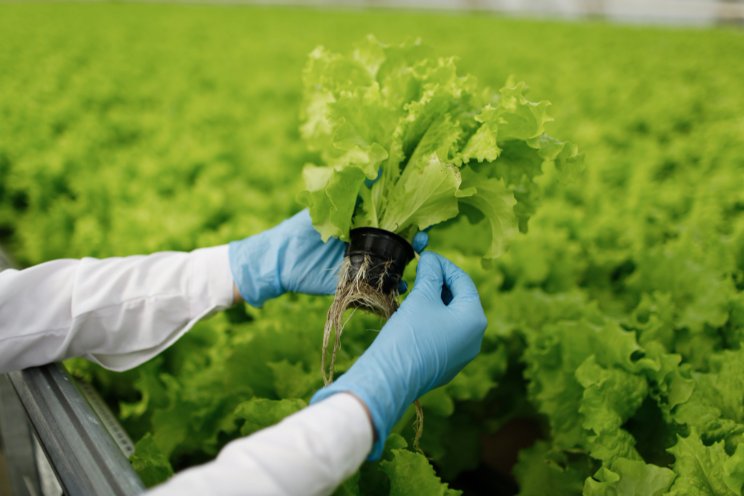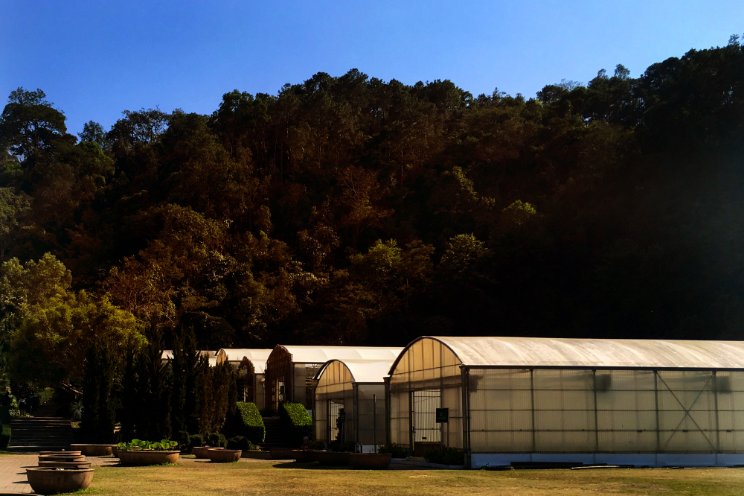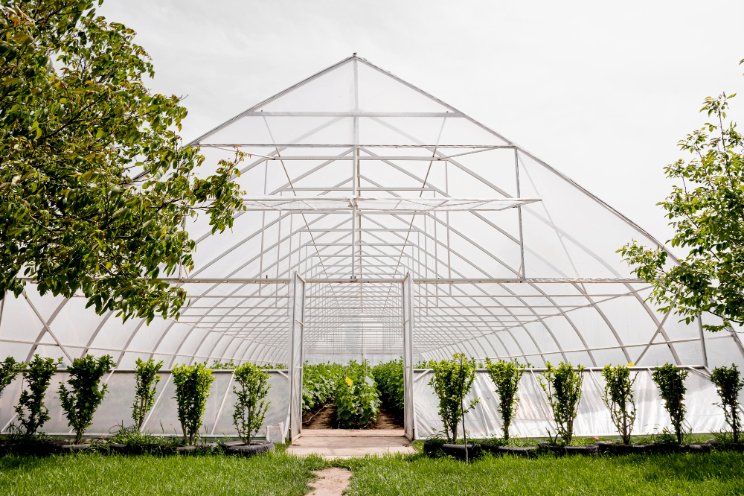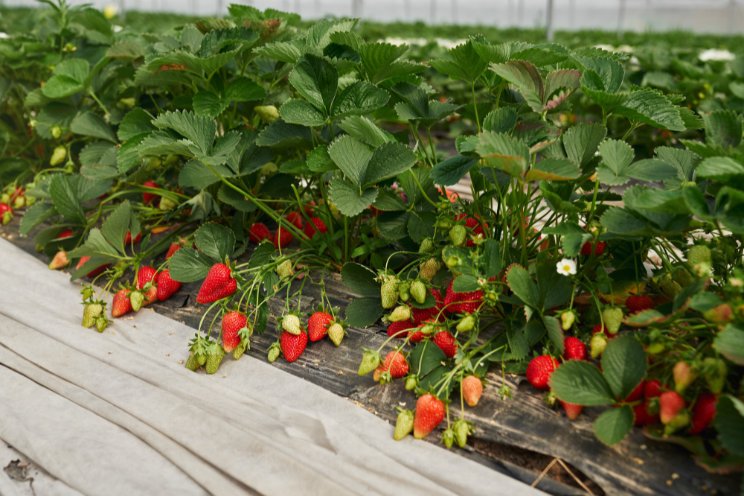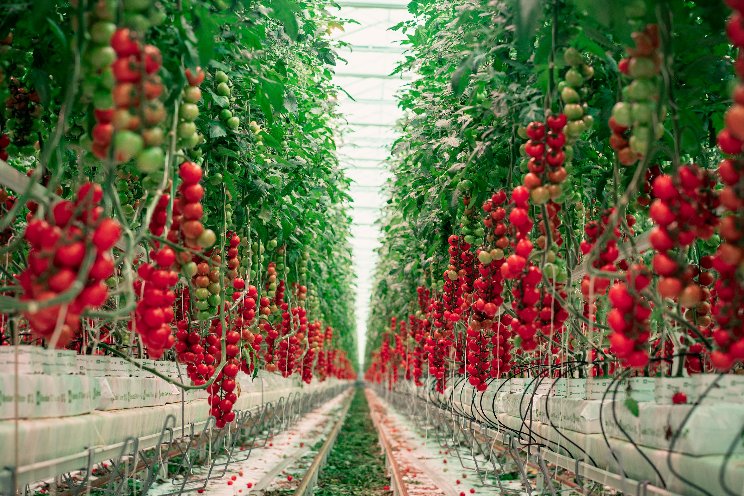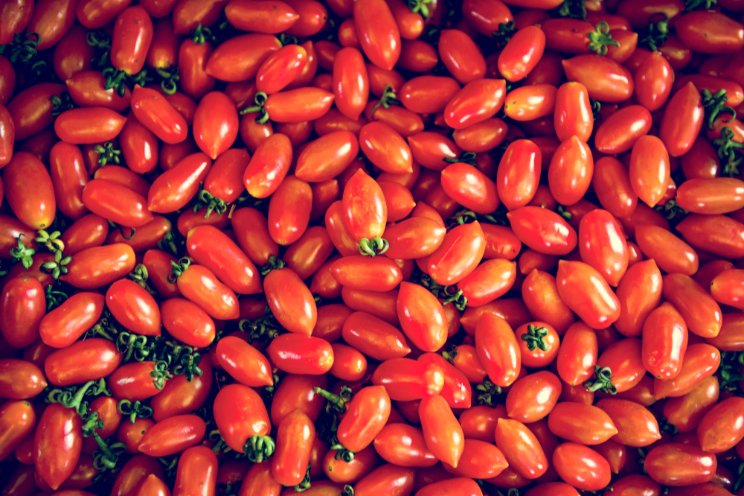Thrips: A tiny pest with big consequences
Added on 20 February 2023
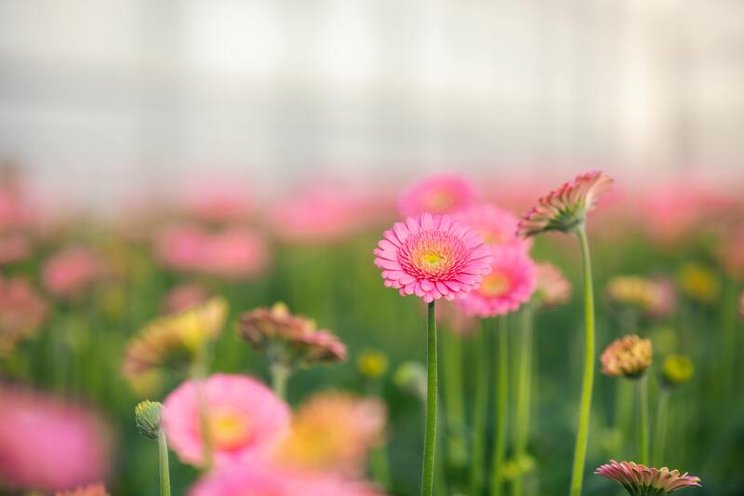
Thrips cause damage to plants by pricking cells on the surface of leaves and flowers and sucking them dry. Their feed marks leave silver-grey spots on the leaves and brown marks on flower buds. This has the potential to cause significant yield losses, and the visual damage caused has huge negative economic consequences, especially for ornamental crops.
Unlike pests such as spider mites, whitefly, and aphids, which have all the developmental stages on the leaves, thrips have a unique lifecycle that includes a resting pupa stage that resides in the media or is hidden under the crop canopy.
The changing dynamics in the environment, such as higher temperatures, which exacerbate thrips populations, increase the risk for growers. Growers take different approaches to tackle this dynamic pest. Some growers attempt to control thrips with the use of a lot of chemical insecticides, while others employ IPM, which includes the use of various natural enemies, supported by compatible pesticides.
Regardless of the approach, what is clear, is that thrips always require a well-considered plan of action for the entire season. Recent global developments have led to restrictions on certain chemical actives, narrowing the range of insecticides that growers rely on for effective control of thrips. This further makes it difficult to rely entirely on chemical insecticides to control thrips.
Photo: Koppert
More news


